Bridging the gap: How EMS blood programs are saving lives before patients reach the hospital
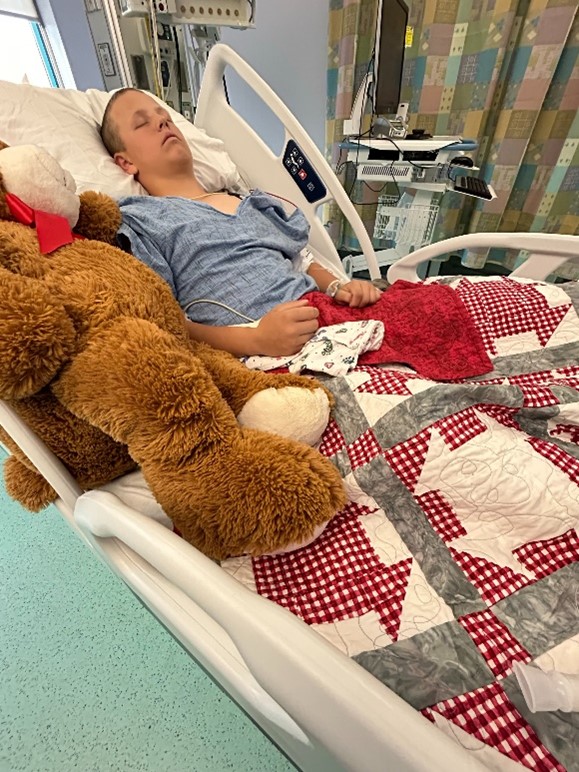
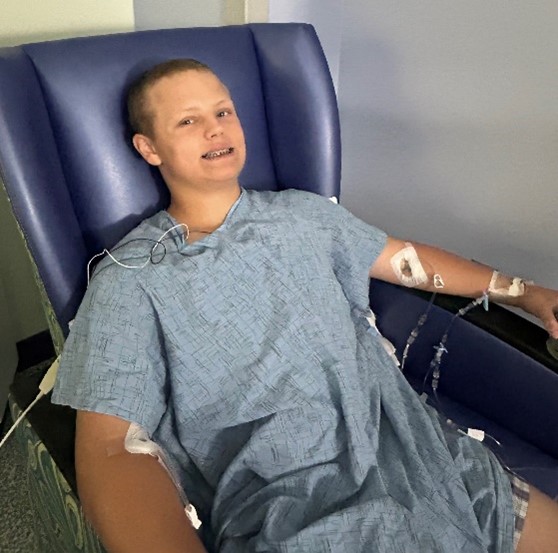
A 13-year-old boy named Luke was accidentally shot in the abdomen while visiting a friend’s home in Parker County, Texas, in May 2024. His injuries were severe. But thanks to a groundbreaking Emergency Medical Services Pre-Hospital Transfusion Program, Luke received a blood transfusion before he ever reached the hospital — and survived.
His story is one of many that reflect a growing shift in how trauma care is delivered across Texas. As we recognize National EMS Week (May 18–24, 2025), Carter BloodCare is proud to spotlight the emergency medical responders now delivering blood on scene, on the road, and in the air — saving lives in real time.
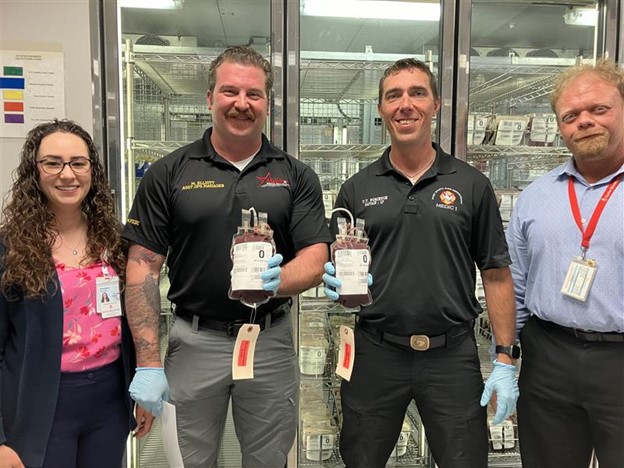
The Evolution of EMS Blood Partnerships
For decades, blood transfusions were something patients had to wait for until they arrived at a hospital. But in trauma care, minutes can mean the difference between life and death.
Carter BloodCare first began supplying blood products to air ambulance providers in 2018. As demand grew and research confirmed the impact of early transfusions, the program expanded in 2022 to support ground EMS agencies as well — particularly in rural and high-trauma areas where transport times are long.
Today, Carter BloodCare works closely with EMS teams across North, Central and East Texas to ensure blood products are safely distributed, stored, and ready to deploy when every second counts.
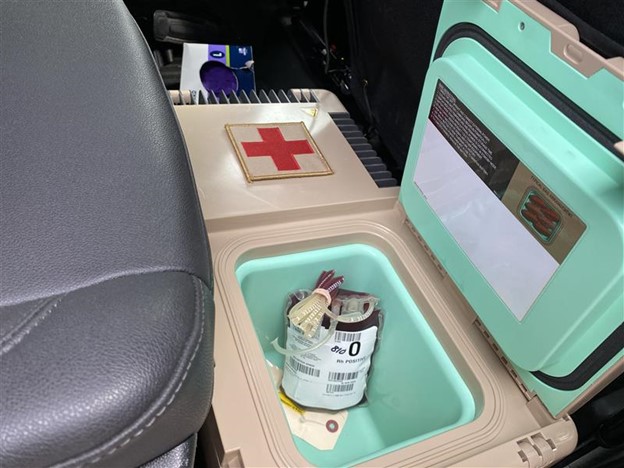
The Need: Why Prehospital Blood Transfusions Matter
Every year, an estimated 31,000 Americans bleed to death from injuries they could have survived with faster intervention. Hemorrhage remains the leading cause of preventable trauma deaths.
EMS teams traditionally used IV fluids to maintain blood pressure in bleeding patients. But we now know fluids alone can dilute clotting factors, worsening bleeding. By contrast, early blood transfusions replace what’s lost: oxygen-carrying red cells, clotting factors found in plasma, and vital volume.
Military data, civilian trauma studies, and programs like those pioneered in San Antonio have shown: getting blood to patients sooner saves lives.
That’s why Carter BloodCare EMS partners carry lifesaving products like Group-O red blood cells, liquid plasma, and low-titer Group O whole blood onboard their vehicles, ready to respond.
Carter BloodCare’s Expanding EMS Partnerships
From Big Spring to Longview, Temple to Gainesville, Carter BloodCare now supplies blood products to more than 30 EMS bases and locations.
- Parker County Hospital District EMS: A pioneer in the region, PCHD EMS began carrying blood products two years ago. Their teams average 3-4 transfusions per month across a 900-square-mile area. By carrying blood in rapid response vehicles and supervisory units, they’ve revolutionized trauma care in rural Texas.
- MedStar Mobile Healthcare and Fort Worth Fire Department: In a groundbreaking partnership, MedStar and Fort Worth Fire launched a citywide EMS blood program in April 2025. Covering 15 cities and more than 1 million residents, their teams are now equipped to deliver blood transfusions en route to the hospital, with an estimated 18 transfusions per month.
- CareFlite: As one of Carter BloodCare’s longest-standing partners, CareFlite has been carrying Carter BloodCare’s blood products aboard its helicopters since 2018. Recently, they transitioned to using whole blood plus plasma, enhancing their ability to stabilize trauma patients during flight across North Texas and beyond.
EMS Provider Spotlights
Parker County EMS: Rural Innovation, Lifesaving Results
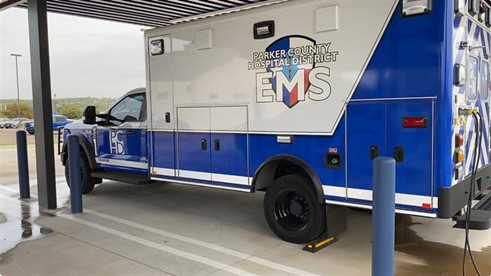
“We’re a rural community. We have long transport times to a trauma center—30 to 45 minutes in many cases,” said Dr. Justin Northeim, Medical Director for Parker County EMS. “Blood changes survivability. Giving IV fluids alone dilutes clotting factors. Blood replaces what’s physiological.”
Since implementing the program, Parker County EMS has witnessed firsthand how prehospital blood saves lives. Patients suffering from trauma, gastrointestinal bleeds, and obstetric emergencies alike have benefited. “It’s about a 50/50 split between trauma and medical cases,” Northeim said.
One case stands out: a 13-year-old boy, Luke, accidentally shot in the abdomen while visiting a friend’s house. Thanks to early blood transfusions provided by Parker County EMS, a flight team, and hospital staff, Luke survived extensive internal injuries and made a miraculous recovery.
“I don’t believe he would have made it without blood,” Northeim said.
MedStar and Fort Worth Fire Department: Big-City Breakthroughs
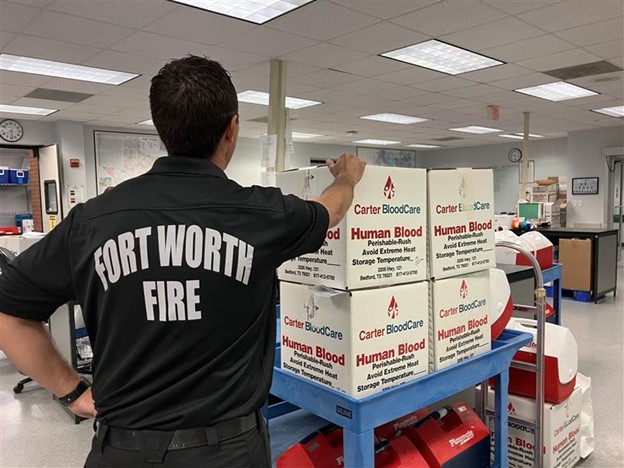
Fort Worth has recently joined other major Texas cities like Austin and San Antonio in offering prehospital transfusions. That change occurred in April 2025 with a major collaborative effort.
Covering 456 square miles and serving more than 1 million residents, MedStar and Fort Worth Fire Department crews are now equipped with lifesaving blood for Priority 1 trauma calls. Blood is carefully tracked, stored, and reallocated to JPS Health Network if unused, ensuring no waste.
“Seconds matter in trauma,” said Dr. Jeff Jarvis, MedStar’s Chief Medical Officer. “This program gives our paramedics the power to save lives in the field—not just stabilize until transport.”
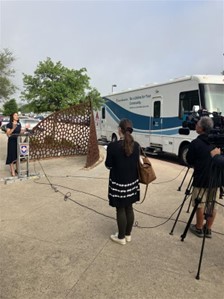

CareFlite Lifesaving from the air
CareFlite’s helicopters now carry whole blood plus plasma, stored in temperature-regulated coolers aboard every flight.
“Since partnering with Carter BloodCare, countless lives have been saved with the administration of blood products,” CareFlite leadership said. “Maintaining blood across seven air bases is challenging, but Carter BloodCare makes it possible. Blood donors make it possible.”
Patient Impact: Luke’s Story
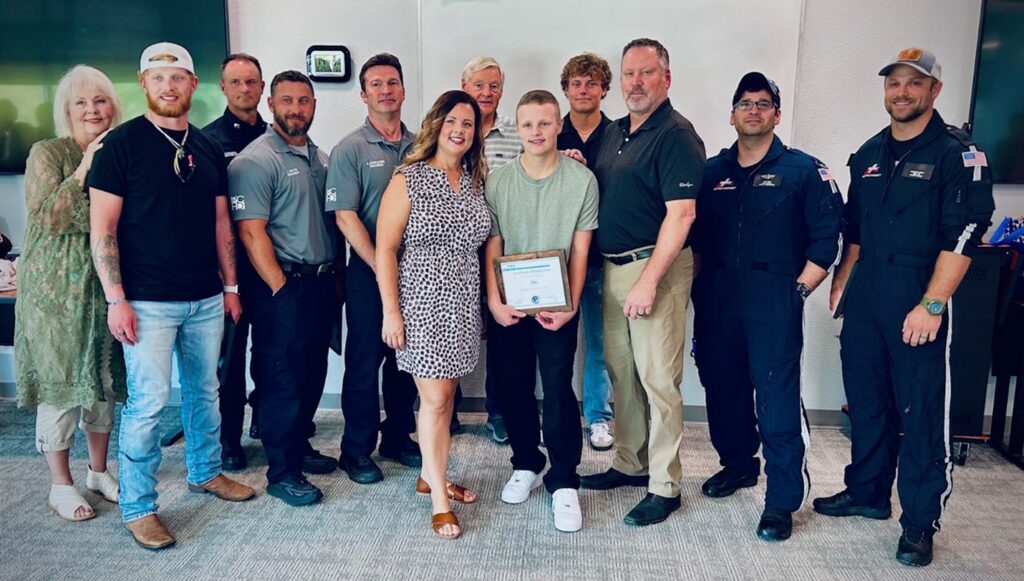
Luke’s survival is a living testament to the power of early blood access.
After being accidentally shot in the abdomen one year ago this month, Luke received blood transfusions before he even reached the hospital—3 units of whole blood, plasma, platelets, and packed red cells. His heart rate was unstable, his color fading. Thanks to the quick actions of Parker County EMS, Air Evac Lifeteam 55, and hospital trauma teams, Luke survived and made a full recovery.
Today, Luke is a thriving eighth grader: a track athlete, select baseball player, and a young man who inspires everyone who hears his story.
“The availability of blood was literally an answer to prayer,” his mother, Wendy said. “Without it, Luke would not be here today.”


How Blood Donors Make This Possible
None of this would happen without volunteer donors.
Every blood donor provides the precious resource that fuels EMS transfusions. In Parker County, EMS crews host Carter BloodCare blood drives and track donations to replenish the supply. Fort Worth’s program is rallying city employees and residents to step up as donors.
Luke’s mom, Wendy, put it best: “If Luke’s story can encourage even one person to commit to becoming a regular blood donor, it would be so meaningful to us.”
This EMS Week, honor the first responders who save lives every day — and the blood donors who make it possible.
Donate blood. Save lives. Make miracles happen.
Find a donation center or mobile drive near you, or call 800-366-2834.
